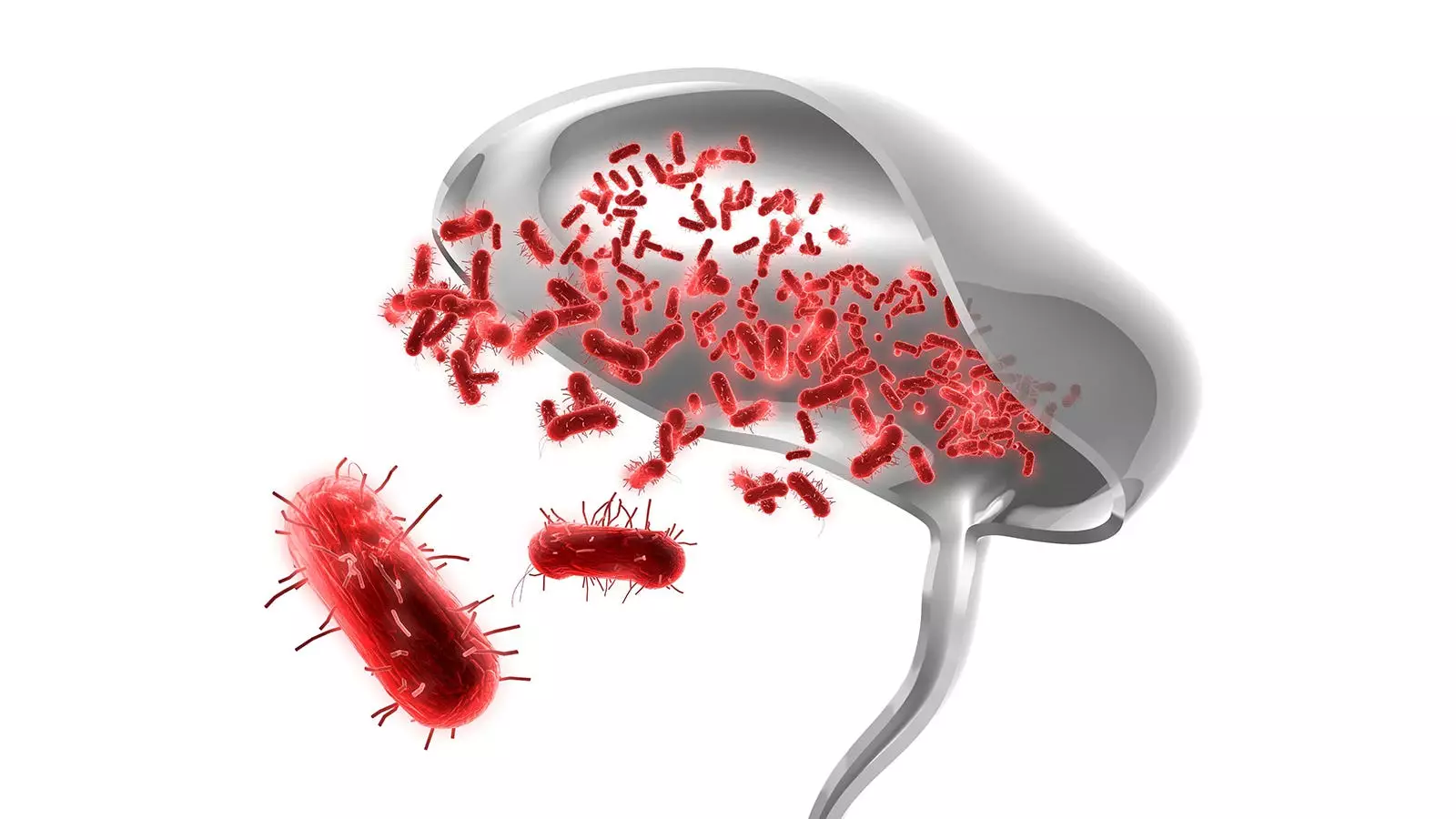Febrile urinary tract infections (UTIs) in children have long been treated with a standard 10-day course of oral antibiotics. However, a recent randomized controlled trial called STOP challenges this conventional wisdom. The study found that a shorter course of antibiotics, lasting only five days, was just as effective in treating febrile UTIs in children. This surprising result has sparked a discussion about potentially changing the traditional approach to UTI treatment in pediatric patients.
The STOP trial, conducted at eight pediatric emergency departments in Italy, enrolled a total of 142 children with febrile UTIs. The participants were randomly assigned to receive either a five-day or a ten-day course of oral amoxicillin-clavulanate acid. The study aimed to determine the recurrence rates of febrile and non-febrile UTIs within 30 days after treatment. The results were unexpected and challenged the assumption that a longer course of antibiotics is always necessary.
The findings of the STOP trial revealed that the recurrence rate of all UTIs within 30 days of treatment was significantly lower in the short-term group (2.8%) compared to the long-term group (14.3%). This difference of -11.51% demonstrated the noninferiority of the shorter treatment duration. Even when focusing solely on febrile UTIs, the 30-day recurrence rate was only 1.4% in the short-term group, compared to 5.7% in the long-term group. These results challenge the long-held belief that longer antibiotic courses are necessary for effective UTI treatment.
The hypothesis behind the shorter treatment duration in the STOP trial was that it would not compromise treatment effectiveness while potentially reducing antimicrobial resistance. The researchers speculated that a shorter course of antibiotics could minimize adverse effects, decrease healthcare costs, and improve adherence to treatment regimens. If proven effective, this approach could lead to a paradigm shift in UTI treatment strategies, transforming the traditional axiom of “complete the cycle to prevent resistance” into “prevent resistance, take what is needed.”
The results of the STOP trial differ from those of the recent SCOUT trial, which explored the feasibility of stopping antibiotics when children’s UTI symptoms improved after a five-day course. The SCOUT trial found a higher rate of persistent symptomatic UTIs when antibiotics were discontinued early. However, it is important to note that the studies differed in several ways, making direct comparisons challenging. In an accompanying commentary, experts emphasized the need for more data to identify specific subgroups of children who may benefit from shorter or longer antibiotic courses.
The STOP trial provides valuable insights into the optimal duration of antibiotics for febrile UTIs in children. While the results support the noninferiority of a shorter course, clinical judgment should still be exercised. Treating UTIs limited to cystitis with courses no longer than five days seems to be supported by the available evidence. However, in cases where there is a concern for pyelonephritis, a longer course of antibiotics may still be prudent until more data is available.
The findings of the STOP trial highlight the need for ongoing research in this field. It is crucial to explore the nuanced factors that influence the optimal duration of antibiotics for febrile UTIs in children. As medical professionals and researchers, it is essential to keep investigating and challenging established practices to ensure the best outcomes for young patients with UTIs. By prioritizing evidence-based medicine, we can continue to refine and improve treatment strategies for pediatric UTIs.


Leave a Reply